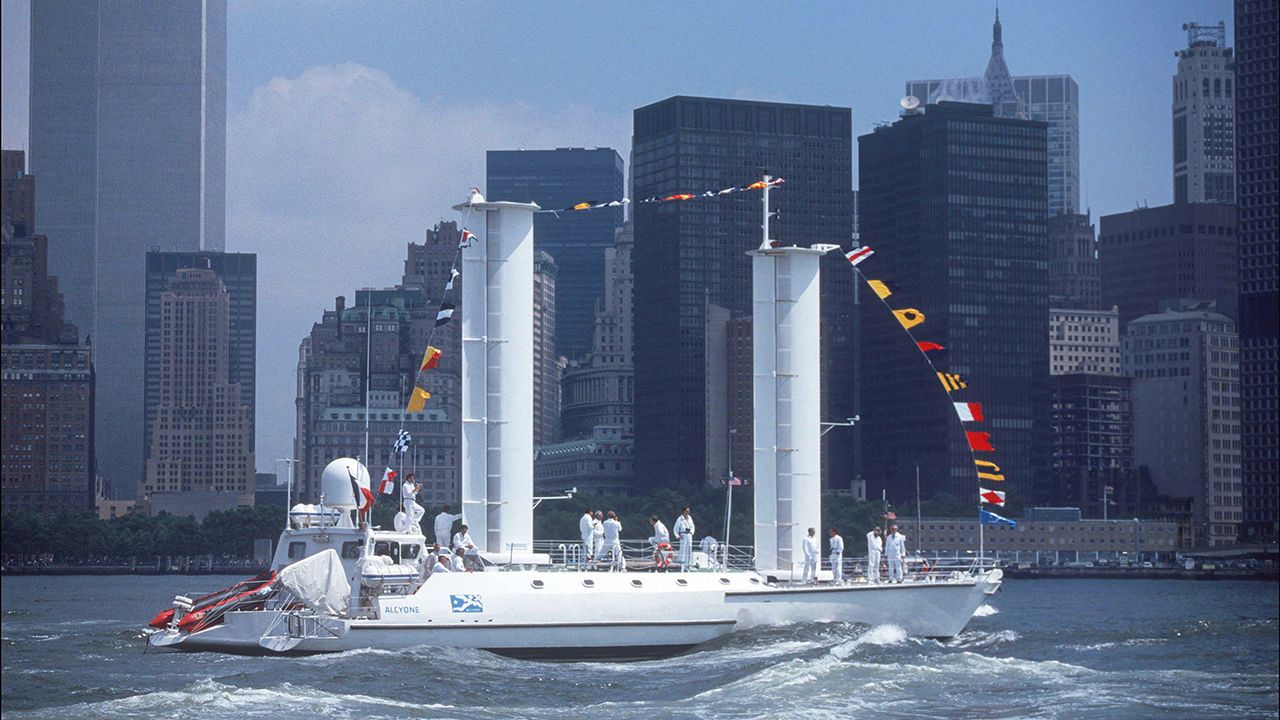A new age of sail begins
By harnessing wind power, high-tech sails can help cut marine pollution

In 1926 an unusual vessel arrived in New York after crossing the Atlantic. This was a converted sailing ship renamed Baden-Baden. Its two masts had been torn down and a pair of 15-metre-high revolving cylinders were mounted on its deck instead. Known as Flettner rotors, after Anton Flettner, their German inventor, the rotors worked like sails. Not only were they extremely efficient, allowing the vessel to consume less than half the fuel an oil-powered ship of a similar size would use, they also let the craft tack closer to an oncoming wind than its original canvas rigging allowed. The rotors were hailed as a great achievement at the time (praised by Albert Einstein, among others) before cheap oil caused interest to wane.
This article appeared in the Science & technology section of the print edition under the headline “The second age of sail”
More from Science & technology

How to reduce the risk of developing dementia
A healthy lifestyle can prevent or delay almost half of cases

GPT, Claude, Llama? How to tell which AI model is best
Beware model-makers marking their own homework

How America built an AI tool to predict Taliban attacks
“Raven Sentry” was a successful experiment in open-source intelligence
Gene-editing drugs are moving from lab to clinic at lightning speed
The promising treatments still face technical and economic hurdles, though
How Ukraine’s new tech foils Russian aerial attacks
It is pioneering acoustic detection, with surprising success
The deep sea is home to “dark oxygen”
Nodules on the seabed, rather than photosynthesis, are the source of the gas
